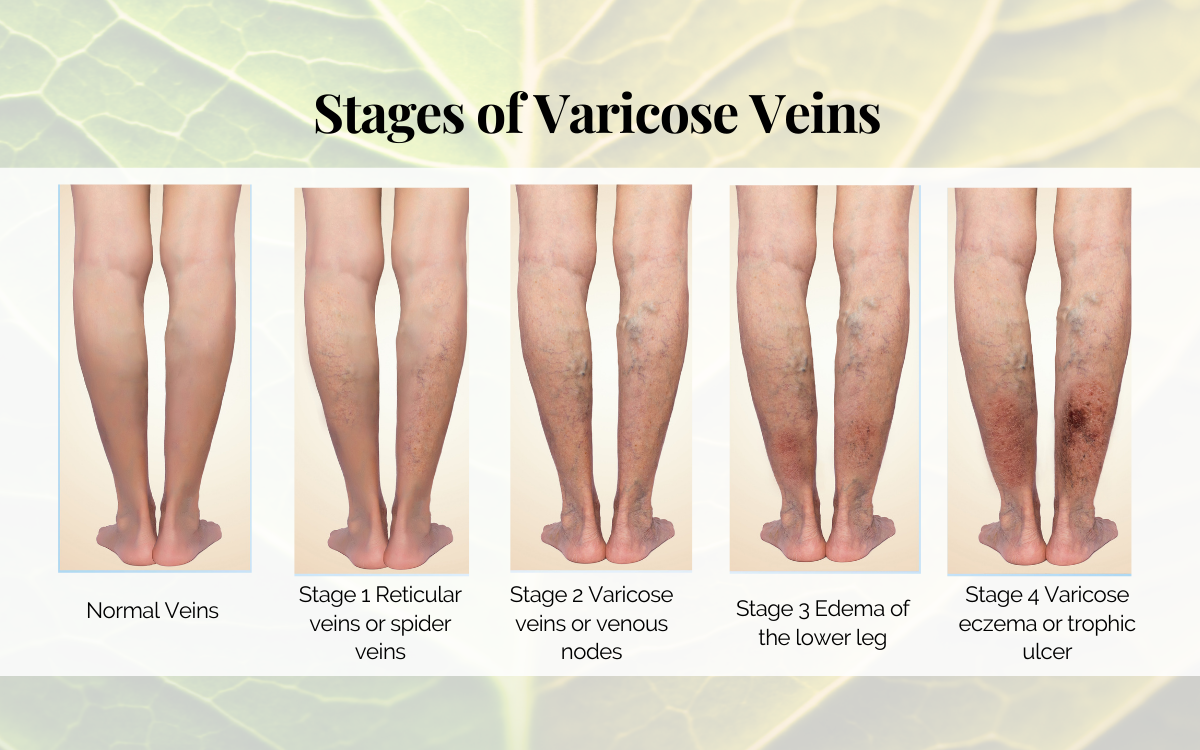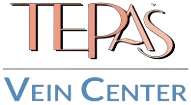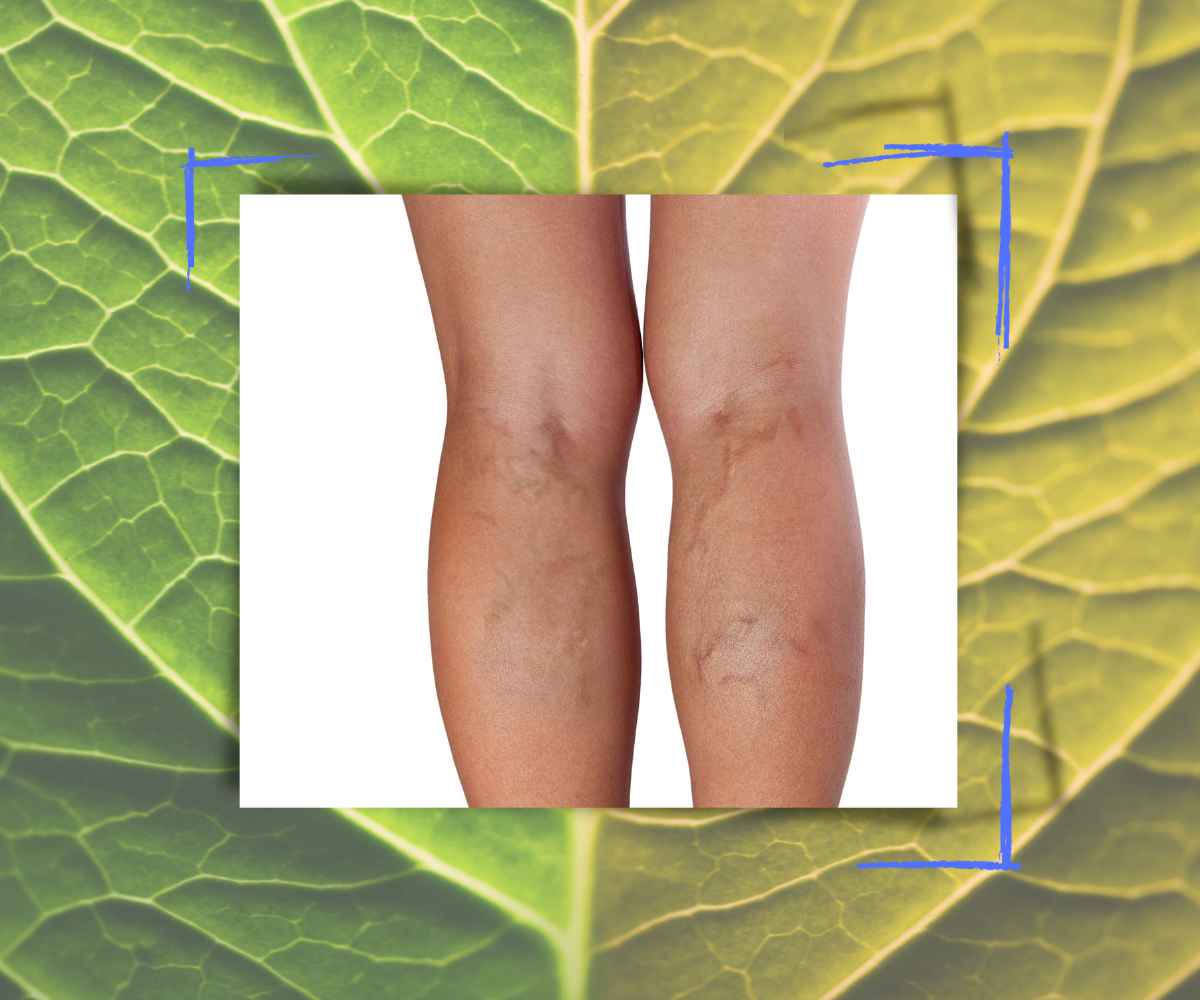Varicose Veins or Spider Veins?
Easily Know Which & the Risks
What are varicose veins?
You’ve heard of spider veins and varicose veins. You know when you have them. But what are they really, and what’s the difference?
Veins
Veins are muscular tubes that run throughout the body to pump blood back towards the heart. Arteries also carry blood, but they take blood from your heart towards all parts of the body. That means that arteries carry oxygen-rich blood to feed your organs, and veins carry the blood back to get refueled once all the oxygen has been used up.
Veins contain doors called sphincters (not that one) that open to let blood through when the heart pushes the blood through, and then close to prevent the blood from flowing backward. This is important for two reasons: firstly, because you don’t want oxygen-depleted blood to stick around instead of going back to the heart. The organs nearby won’t get the oxygen they need to function. Secondly, blood sticking around will fill up the vein, increasing blood pressure.
Varicose Veins
When a vein fills up with blood that should have passed through, the pressure causes the vein to expand. This is why varicose veins are visible; they’ve expanded outward near the skin. Sometimes varicose veins won’t be visible because they are covered by muscle and fat. Some people will notice their varicose veins when they lose weight and mistakenly think they recently did something that caused the veins to varicose. Some veins are deeper and won’t be visible, but still need to be addressed. Varicose veins are usually found on the inside of the legs, back of the calf, and near the ankles. When the veins expand, they don’t just get bigger; they also start to twist around and change color to red, blue, or purple.
A varicosed vein is a problem because it’s not functioning properly. The vein’s walls are stretched, and the vein’s valves get damaged, turning the vein into a reservoir of blood that restricts your overall blood flow. The body needs to produce more blood to fill the larger veins and the damaged sphincters allow blood to accumulate, making varicosity worse. Sometimes the damaged valves even allow the blood to flow backward, called “reflux”. Varicose veins are usually permanent and require treatment.
You might not have known that hemorrhoids are actually a varicose vein that just happens to be in the rectum. They also occur in the testicles; a condition called “varicoceles“ that can be serious. Veins run all over the body, so you can get varicosities just about anywhere.
Spider Veins
Spider veins are also enlarged veins and are similar to varicose veins. The obvious differences are that spider veins are much smaller, usually only happening to surface skin veins. They often occur around the nose, legs, and feet, but can occur anywhere on the body. They’re also usually red but can be blue or purple as well. The less obvious similarities are that they’re both damaged veins and valves that are caused by a more serious issue.

Spider veins can be caused by skin trauma like physical damage or surgery, exposure to sun and wind, acne, medication, pregnancy, too much alcohol, and genetics. They might be temporary or permanent, in which case you will need to seek treatment.
There are two similar conditions called telangiectasia (for capillaries), hemangiomas, and angiomas (for small arteries called arterioles, and small veins called venules). Spider veins can also be called telangiectasias.
The Differences between Spider and Varicose Veins
You might think that spider veins are just smaller varicose veins, but they’re actually a different condition entirely! They are simply caused by increased blood pressure that causes the veins to expand. That means that varicose veins can cause spider veins because of the change in blood pressure and flow, but spider veins can’t turn cause varicose veins, and can’t turn into them. Spider veins don’t twist like varicose veins, they appear as a sort of web branching out from a central point (that’s why they’re called “spider” veins).
Spider veins usually don’t have any symptoms other than visual, while varicose veins can cause pressure and heaviness in the legs, swollen feet and ankles, itching, dryness, skin discoloration, ulcers, and bleeding.
Spider veins usually don’t require any treatment, and their treatment is considered cosmetic, so isn’t usually covered by insurance. Varicose veins are covered by insurance because of the symptoms associated with them.
No matter which you have, they’re always a sign of a bigger problem. Make sure you live a healthy lifestyle to avoid them and get them diagnosed and treated as soon as possible. Our next post will cover how to prevent and cure them, so stay tuned for that!

